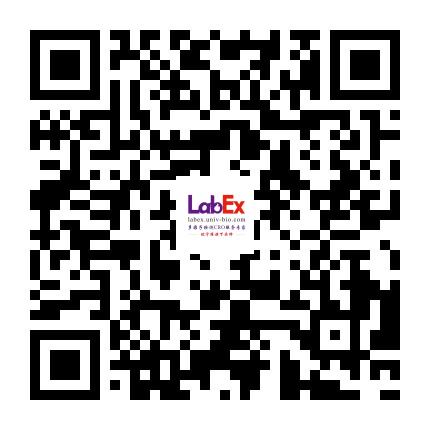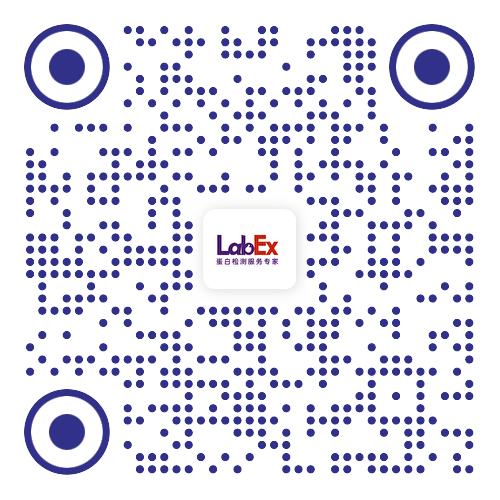Definition of a novel breast tumor-specific classifier based on secretome analysis
Keywords:Breast cancer; Breast tumor-specific signature; Juxta-tumor; Secretome; Tumor.- Breast Cancer Res
- 5.6
- 2022 Dec 20;24(1):94.
- Human
- MSD
- 免疫/内分泌
- 免疫/内分泌
- 肿瘤
- TGF-β1,TGF-β2,TGF-β3
- doi: 10.1186/s13058-022-01590-4.
相关货号
LXMH03-3
Abstract
Background:During cancer development, the normal tissue microenvironment is shaped by tumorigenic events. Inflammatory mediators and immune cells play a key role during this process. However, which molecular features most specifically characterize the malignant tissue remains poorly explored.
Methods:Within our institutional tumor microenvironment global analysis (T-MEGA) program, we set a prospective cohort of 422 untreated breast cancer patients. We established a dedicated pipeline to generate supernatants from tumor and juxta-tumor tissue explants and quantify 55 soluble molecules using Luminex or MSD. Those analytes belonged to five molecular families: chemokines, cytokines, growth factors, metalloproteinases, and adipokines.
Results:When looking at tissue specificity, our dataset revealed some breast tumor-specific characteristics, as IL-16, as well as some juxta-tumor-specific secreted molecules, as IL-33. Unsupervised clustering analysis identified groups of molecules that were specific to the breast tumor tissue and displayed a similar secretion behavior. We identified a tumor-specific cluster composed of nine molecules that were secreted fourteen times more in the tumor supernatants than the corresponding juxta-tumor supernatants. This cluster contained, among others, CCL17, CCL22, and CXCL9 and TGF-β1, 2, and 3. The systematic comparison of tumor and juxta-tumor secretome data allowed us to mathematically formalize a novel breast cancer signature composed of 14 molecules that segregated tumors from juxta-tumors, with a sensitivity of 96.8% and a specificity of 96%.
Conclusions:Our study provides the first breast tumor-specific classifier computed on breast tissue-derived secretome data. Moreover, our T-MEGA cohort dataset is a freely accessible resource to the biomedical community to help advancing scientific knowledge on breast cancer.
Keywords:Breast cancer; Breast tumor-specific signature; Juxta-tumor; Secretome; Tumor.
Methods:Within our institutional tumor microenvironment global analysis (T-MEGA) program, we set a prospective cohort of 422 untreated breast cancer patients. We established a dedicated pipeline to generate supernatants from tumor and juxta-tumor tissue explants and quantify 55 soluble molecules using Luminex or MSD. Those analytes belonged to five molecular families: chemokines, cytokines, growth factors, metalloproteinases, and adipokines.
Results:When looking at tissue specificity, our dataset revealed some breast tumor-specific characteristics, as IL-16, as well as some juxta-tumor-specific secreted molecules, as IL-33. Unsupervised clustering analysis identified groups of molecules that were specific to the breast tumor tissue and displayed a similar secretion behavior. We identified a tumor-specific cluster composed of nine molecules that were secreted fourteen times more in the tumor supernatants than the corresponding juxta-tumor supernatants. This cluster contained, among others, CCL17, CCL22, and CXCL9 and TGF-β1, 2, and 3. The systematic comparison of tumor and juxta-tumor secretome data allowed us to mathematically formalize a novel breast cancer signature composed of 14 molecules that segregated tumors from juxta-tumors, with a sensitivity of 96.8% and a specificity of 96%.
Conclusions:Our study provides the first breast tumor-specific classifier computed on breast tissue-derived secretome data. Moreover, our T-MEGA cohort dataset is a freely accessible resource to the biomedical community to help advancing scientific knowledge on breast cancer.
Keywords:Breast cancer; Breast tumor-specific signature; Juxta-tumor; Secretome; Tumor.
金课堂之文献解析 文献原文请点击
本网站销售的所有产品及服务均不得用于人类或动物之临床诊断或治疗,仅可用于工业或者科研等非医疗目的。











 沪公网安备31011502400759号
沪公网安备31011502400759号
 营业执照(三证合一)
营业执照(三证合一)


